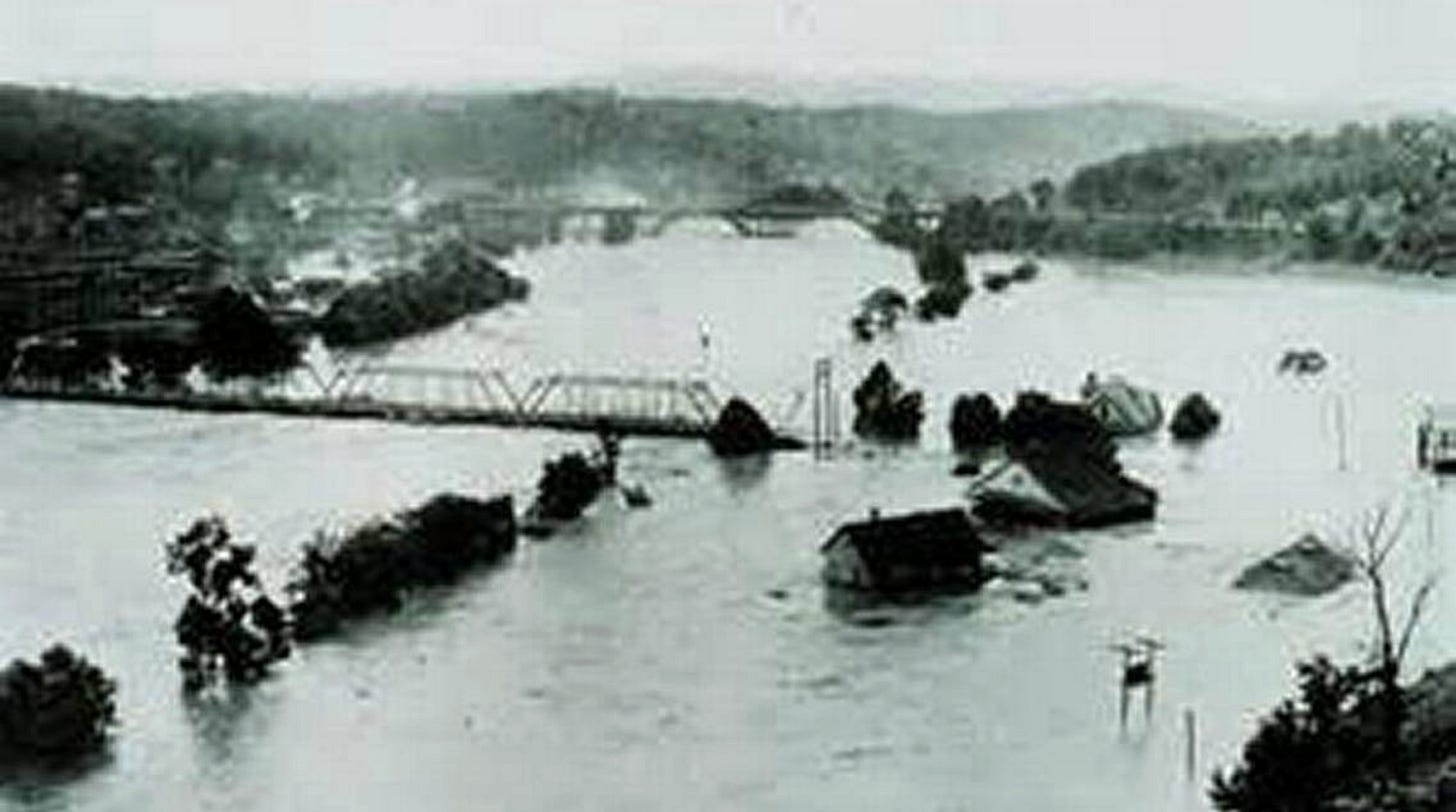A Little Sprucing
Pennies don’t hold up dollars for very long.
“Surmounting difficulty is the crucible that forms character.” – Tony Robbins
In July of 1916, two tropical storms converged over North Carolina and dumped a torrent of rain, triggering massive flooding throughout the state’s mountainous regions. More than 22 inches of precipitation fell in some places over a 24-hour period, the most that had ever been recorded in the US. The city of Asheville was particularly hard hit:
“The French Broad River, usually about 380 feet wide, stretched 1,300 feet across. It crested at 21 feet, some 17 feet above flood stage. Though the rain had stopped on the Sunday morning of July 16, 1916, people were taken by surprise by the speed and volume of rising floodwaters. Many resorted to climbing into and clinging to trees during the deluge. Some of them saw friends and family member slip away when they couldn’t hold on any longer.”
The main concern of environmentalists in the region back then (yes, they existed) was excessive logging. The extreme flooding of an otherwise freak weather event was pinned on this available scapegoat, giving significant momentum to forestry conservation efforts of the day. In what was mostly a coincidence of timing, the Pisgah National Forest was established a few short months later, and much of modern US forestry management owes its roots to that decision.
As has been widely reported, Hurricane Helene cast down biblical floods in the same region nearly two long weeks ago, causing horrifying devastation and hundreds of fatalities. That such once-in-a-century events happen roughly once a century does not abate the instinct to find a scapegoat. This modern tragedy has been decisively declared to be the direct result of anthropogenic carbon emissions, something Bloomberg was quick to conclude in an opinion piece issued while the emergency was still very much in progress:
“If you were asked to draw the front lines of climate change on a map of the US, you’d probably include all the coasts, along with Arizona, California, Florida, Louisiana and Texas. It might not occur to you to include western North Carolina, a temperate, mountainous place hundreds of miles inland.
And yet the climate emergency, in the form of Hurricane Helene, has come to this idyllic region of the Appalachians. Some places there received more than 2 feet of rain before and during the storm, causing biblical flooding that has taken at least 40 lives, wiped away towns and roads and lifted houses from their pilings to float away downstream. It’s stark evidence that no matter how insulated people might feel from the global heating humanity has caused by burning fossil fuels and otherwise generating planet-warming gases, there are no real safe havens.”
Our purpose here is not to debate the scientific merit of such cocksure dot-connecting—opinions on that topic have long since hardened against meaningful discussion. Rather, we write to address the discomforting warning that Hurricane Helene’s destruction will have global implications for the semiconductor industry. Here’s how CNBC describes the threat:
“Virtually all of the world’s supply of a mineral that is critical to semiconductor production comes from one tiny town in the foothills of the Blue Ridge Mountains that has been devastated by Hurricane Helene. Spruce Pine, North Carolina has no running water or electricity, more than a week after Helene ripped through the town of 2,200. Roads and railways in and out of the area are severely damaged, according to local officials.
Mines in Spruce Pine produce the world’s purest form of quartz, which plays a central role in chip manufacturing. Now, the town’s exceedingly valuable supply of high-purity quartz is at risk, threatening to cripple the $600 billion global semiconductor industry.”
While the wreckage caused by Hurricane Helene is unquestionably tragic and the federal government’s bungled response is quickly achieving “heckuva job” status, we are surprised by the virality of the Spruce Pine mines story. Not since the hyperbolic social media response to the East Palestine derailment have we received so many inbound requests for comment from concerned subscribers. Does the fate of a half-trillion-dollar industry truly depend on a small town at the base of the Blue Ridge Mountains? Just how important is the resource found there, and what options would be available to the industry should it lose access for a significant period? Let’s circumvent the clickbait and do a bit of prudent analysis.



